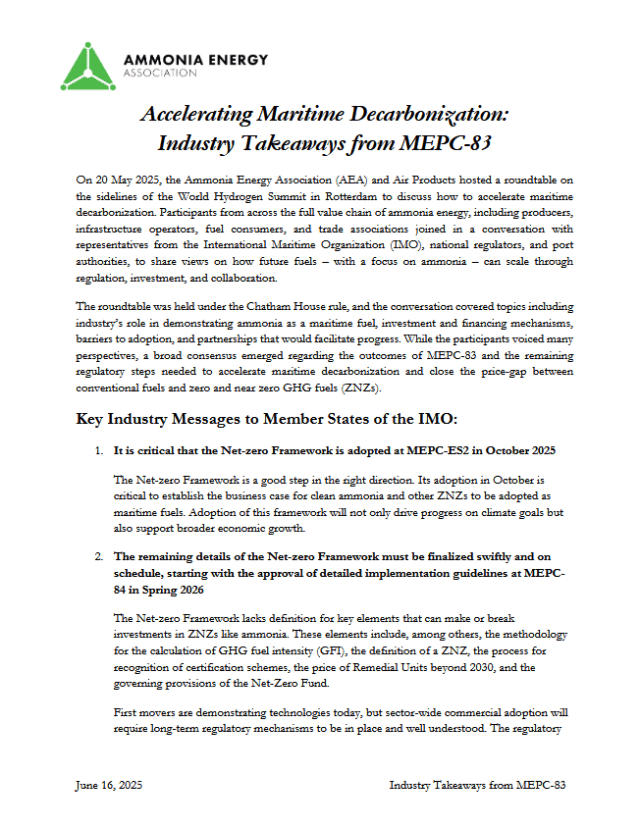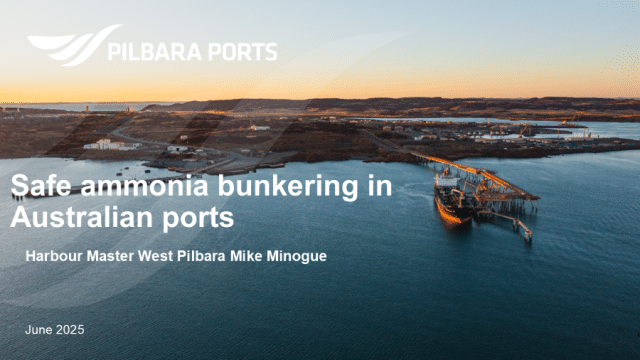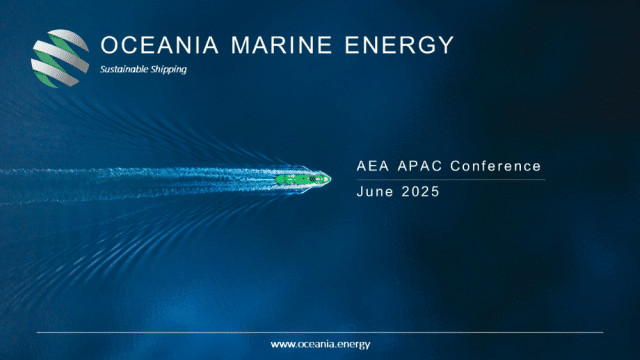Hanwha Power Systems receives AiP for ammonia gas turbine retrofit
Hanwha Power Systems has received Approval in Principle from the American Bureau of Shipping for its ammonia gas turbine conversion design. Hanwha and partners are aiming for conversion of LNG carriers by 2028.









